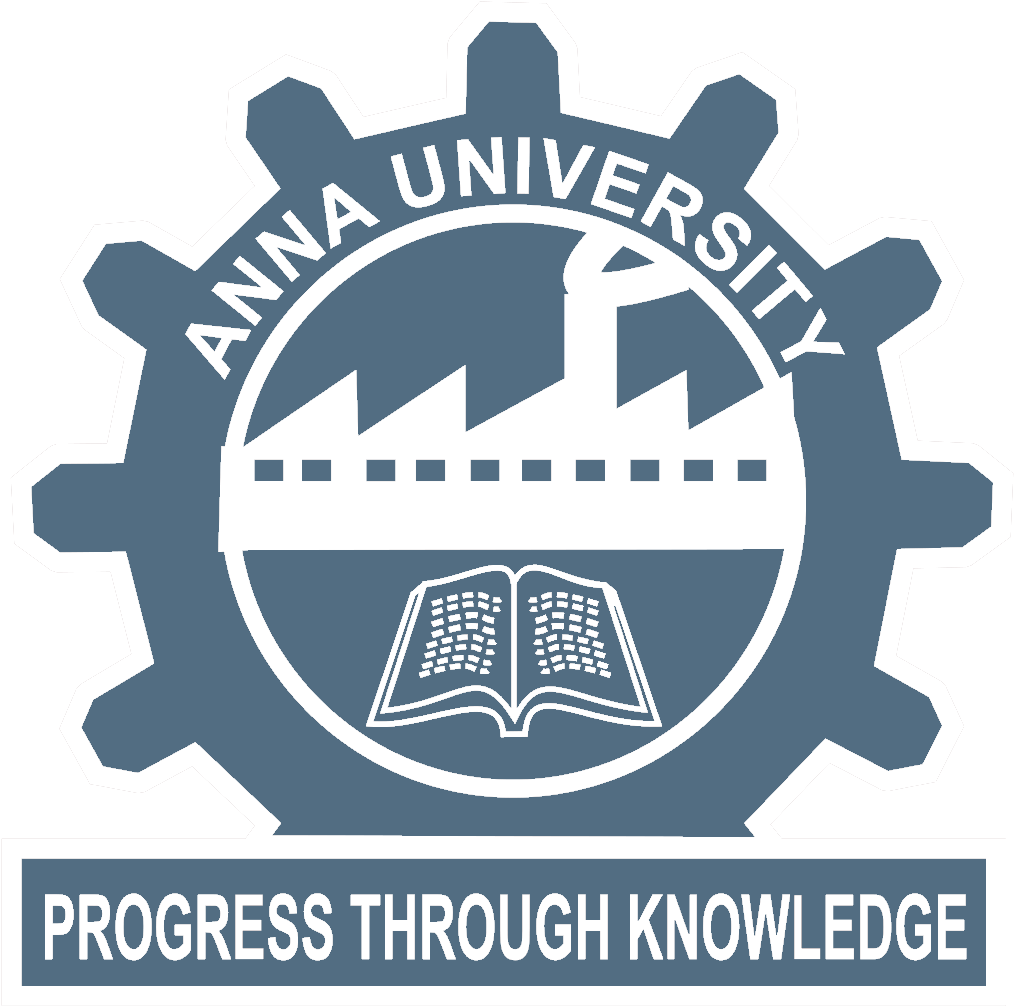Thrust Areas
By the Numbers
1000
UG Students
1350
PG Students
300
Scholars
20
Faculty
11
Staff
4
Patents
100
Projects
1500
Publications
1000
Citations
50
H-Index
Message from the HOD
Dr. M. Dharmendira kumar
PROFESSOR
Greetings! Welcome to the Department of Chemistry at Anna University, a center of excellence in chemical sciences, dedicated to academic rigor, innovative research, and industrial collaboration. Our department plays a vital role in shaping the future of chemistry by integrating fundamental knowledge with advanced applications in materials science, environmental chemistry, nanotechnology, and sustainable energy solutions. With a distinguished faculty, state-of-the-art laboratories, and a strong emphasis on interdisciplinary research, we strive to provide a stimulating academic environment. Our programs are designed to equip students with the theoretical and practical expertise required to tackle global scientific and technological challenges. Research and innovation are at the heart of our department. We actively engage in cutting-edge projects, collaborate with premier national and international institutions, and contribute to industries ranging from pharmaceuticals to green energy. Our faculty and students have made significant contributions to scientific advancements, as reflected in our high-impact publications, patents, and funded research projects. We are committed to fostering curiosity, creativity, and excellence among our students. Whether you are an aspiring undergraduate, postgraduate, or research scholar, the Department of Chemistry at Anna University offers a vibrant academic community that will help you grow and excel in your chosen career path. I invite students, researchers, and industry partners to join us in our journey of scientific discovery and innovation. Let us work together to push the boundaries of chemistry for a better and more sustainable future. Dr. M. Dharmendira Kumar Professor & Head, Department of Chemistry Anna University, Chennai
